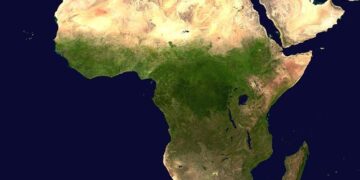Exploring Old Growth Forests: An Insightful Journey
The Significance of Ancient Woodlands
Old growth forests are not just beautiful landscapes; they are critical ecosystems that contribute significantly to our planet’s health. These mature woodlands, often hundreds or even thousands of years old, harbor a diverse range of flora and fauna. They serve as vital habitats for numerous species, including endangered birds and mammals, while also playing an essential role in carbon sequestration and air purification.
Uncovering the Wonders of Old Growth Ecosystems
Contrary to recently planted forests, which may appear vibrant and flourishing, old growth forests offer a complex interplay between various age classes of trees. Towering trees coexist with younger specimens and decomposing logs that enrich the forest floor’s nutrients. This intricate structure fosters biodiversity by supporting varied life forms from fungi to insects that thrive in these unique environments.
Biodiversity Hotspots
Research shows that approximately 80% of terrestrial biodiversity is found within these ancient woodland ecosystems. A prime example can be found in the Pacific Northwest region of the United States (U.S.), which is home to some of the oldest temperate rainforests on Earth. Here, towering Douglas firs can live for over 1,000 years! Such regions not only support rich wildlife such as marbled murrelets but also exhibit unique plant species adapted specifically to these ancient conditions.
Threats Facing Ancient Woodlands
Sadly, these irreplaceable ecosystems face serious threats due to human activity. Deforestation driven by industrial logging practices has led to significant losses over recent decades; estimates suggest that nearly 50% of North America’s original old growth forest has been lost since European settlement began in the 17th century. Climate change poses additional challenges by altering rainfall patterns and increasing forest vulnerability to pests and diseases.
Conservation Efforts Underway
Despite these threats, numerous organizations are actively working towards conserving what remains of our old growth forests. Initiatives focused on sustainable forestry practices aim not only at preventing further deforestation but also at restoring damaged areas through careful management techniques such as selective logging and reforestation programs.
In Canada’s Great Bear Rainforest—one of North America’s largest intact coastal temperate rainforests—a successful partnership among First Nations groups has established large conservation zones where industries are restricted or prohibited altogether thus safeguarding this invaluable territory for future generations.
Conclusion: Valuing Our Natural Heritage
It is crucial now more than ever for individuals globally to recognize their connection with ancient woodlands. Supporting conservation efforts helps ensure their survival while fostering appreciation for nature’s intrinsic value through educational outreach programs encompassing environmental awareness campaigns aimed at all demographics—from schoolchildren learning about ecosystems firsthand during field trips—to adults engaging in community-based projects aimed at giving back sustainably together! Let us unite efforts toward preserving these majestic landscapes before they exist solely within photographs—a testament rather than a habitat alive with life!































